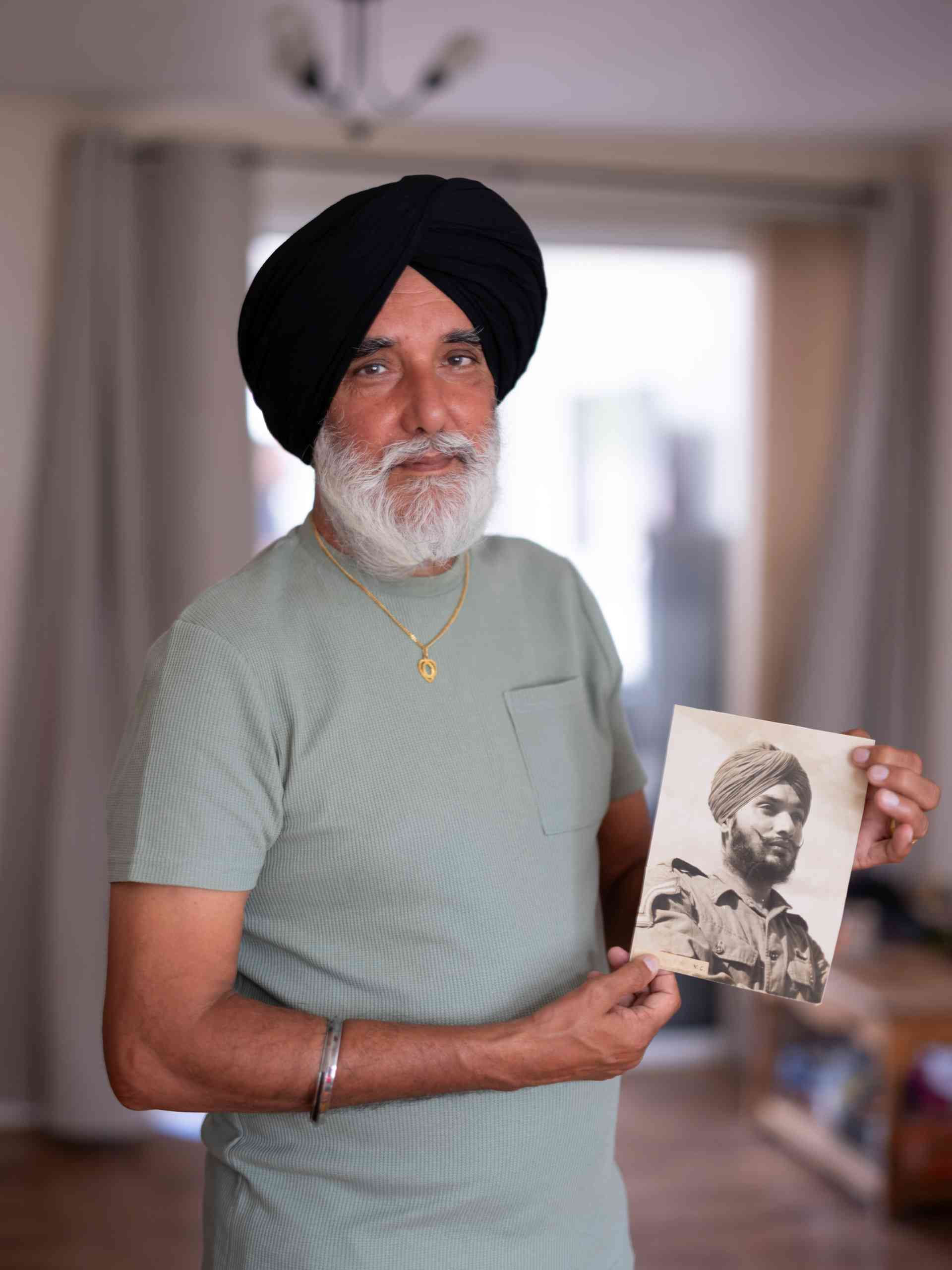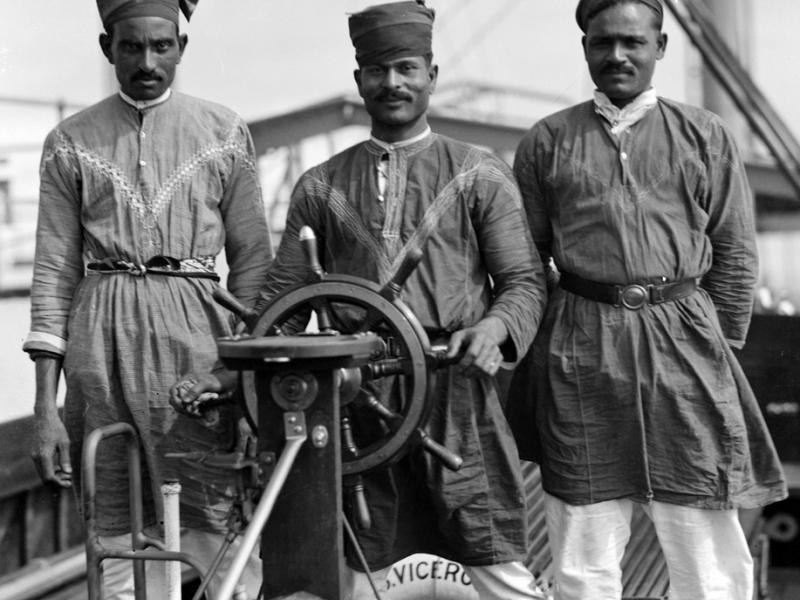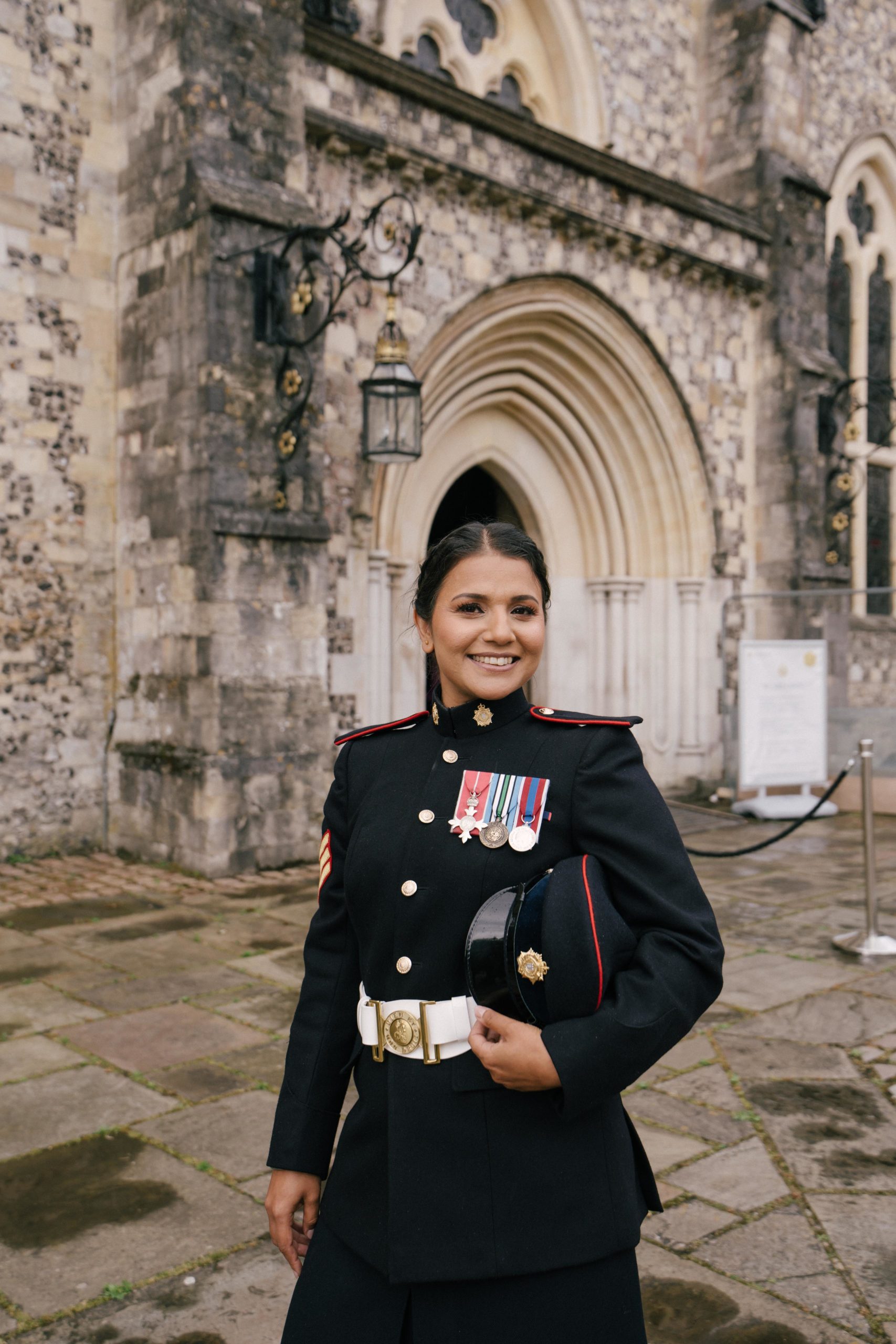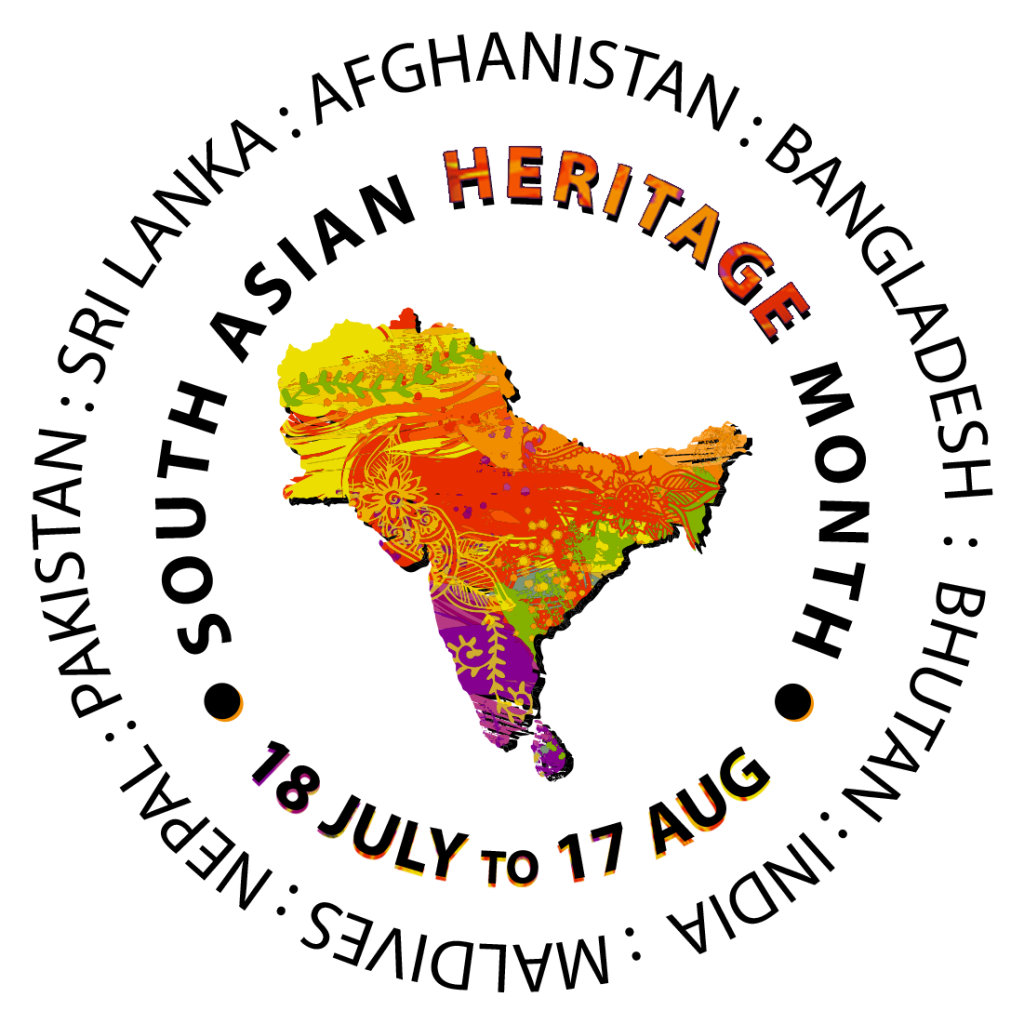In March 1944 Japanese forces launched Operation U-Go, a strategic invasion into India. Facing them was the 14th Army, the main British and Commonwealth fighting force in Asia; some 87% of this force was made up of troops from South Asia. A small garrison of 2500 at the hilltop town of Kohima were cut off and quickly surrounded. Though vastly outnumbered, they clung to the strategically vital Kohima ridge with extraordinary tenacity. Conditions were horrific. Water was scarce, mortar and sniper fire relentless and sleep almost impossible. Over the course of 14 days of bitter siege, the defenders held off a staggering 25 Japanese attacks, many in hand-to-hand combat.
Eventually in mid-April Indian troops relieved the defenders. The Japanese encirclement was broken, and the allies began to drive them from their positions.
Meanwhile, at Imphal to the south, the 4th Corps found themselves encircled in a desperate siege. The Imphal airfield, an essential lifeline for the Allies, became a focal point of relentless attacks. Alongside British and Gurkha comrades, Indian soldiers endured a waking nightmare – dwindling rations, relentless assaults, and the ever-present threat of annihilation.
As reinforcements clawed their way through the monsoon-ravaged terrain, the tide began to turn. The very rains that initially hampered the Allies became their ally, transforming Japanese supply lines into treacherous mudslides. The relentless counteroffensive finally dislodged the Japanese forces and Kohima was relieved in mid-April.
By late June, the siege of Imphal was relieved and in July Japanese forces finally began to retreat. Kohima and Imphal remained in Allied hands, but at a huge cost. Thousands of Indian soldiers paid the ultimate price. Heroes included Naib Subedar Abdul Hafiz, who received the Victoria Cross posthumously for his bravery at Imphal.
Rajindar Singh Dhatt was living in pre-partition India and had almost finished school when the Second World War broke out. He was promoted to Havildar Major (Sergeant Major) in 1943 before he was drafted to the Far East campaign to fight in Kohima in northeast India. You can read Rajindar’s story here: Battles of Kohima and Imphal (britishlegion.org.uk)
The Battles of Kohima and Imphal were a turning point in the war in the east, a brutal fight where the Indian Army played a pivotal, yet often overlooked, role. Their unwavering defence not only stopped the Japanese advance, but also paved the way for the liberation of Burma in 1945.
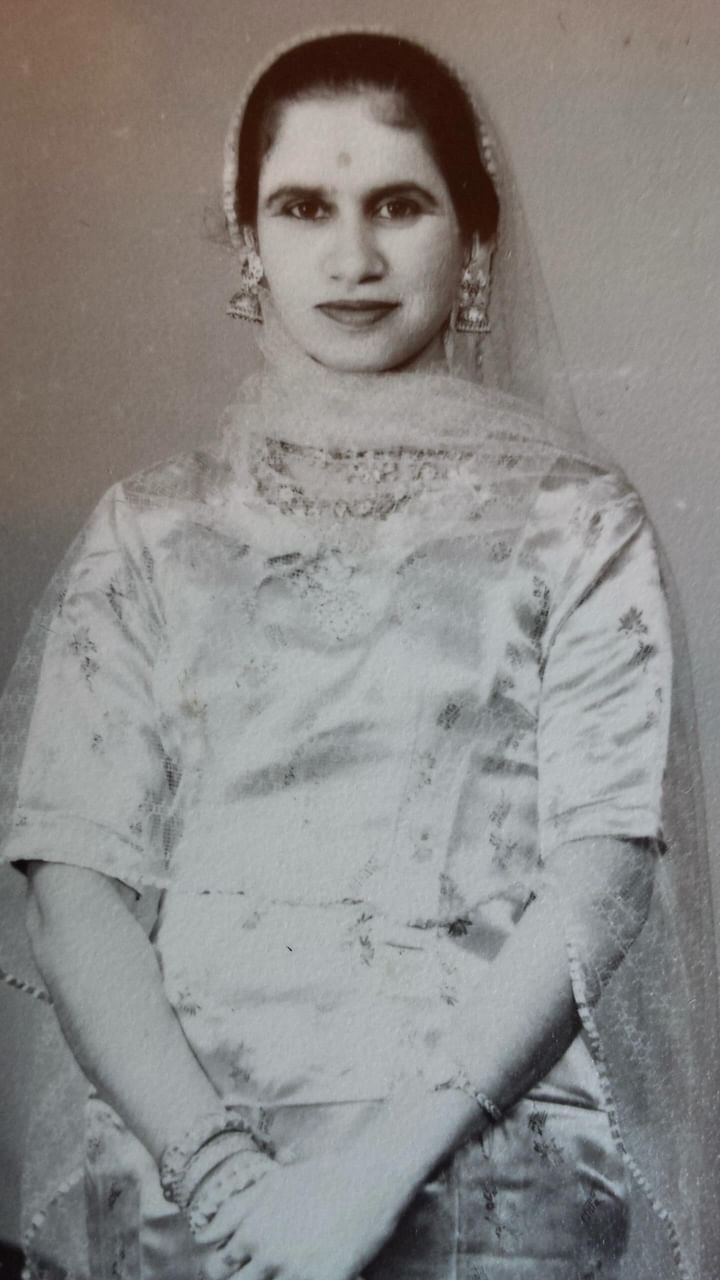
 South Asian Heritage Month dates changed to "July" from 2026 — Learn more here →
South Asian Heritage Month dates changed to "July" from 2026 — Learn more here →



